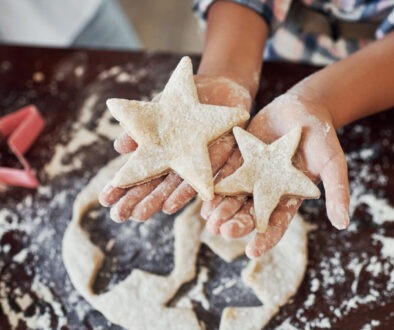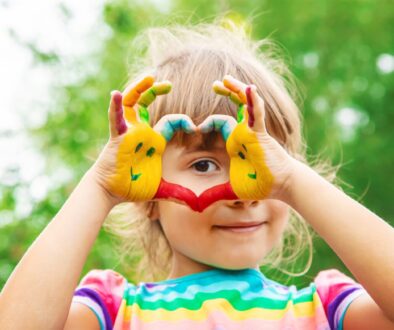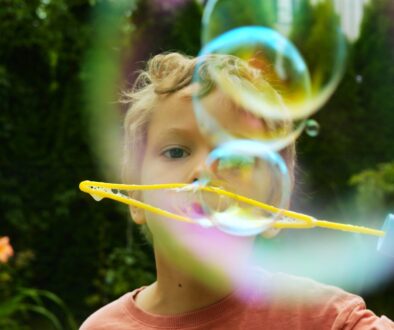Raising Grateful Hearts

Gratitude is more than saying “thank you”, it’s noticing the good things in life and appreciating others. While young children may not fully understand gratitude yet, parents can model and nurture the foundations early. Teaching gratitude in everyday moments helps children build empathy, resilience, and stronger relationships.
- Gratitude Starts with Modeling
- Children learn by watching. Let them see you say “thank you” to others.
- Narrate gratitude in simple ways: “I’m thankful for the sunshine today” or “I love how you shared your toy.”
- Build Gratitude into Routines
- Bedtime rituals: Ask, “What made you happy today?”
- Mealtimes: Take turns naming something you’re thankful for.
- Transitions: When leaving a playdate, encourage a “thank you” to friends.
- Use Play and Stories to Explore Gratitude
- Read picture books about kindness and thankfulness.
- Role-play with dolls or stuffed animals to practice giving and receiving thanks.
- Encourage children to draw pictures of people or things they appreciate.
- Keep It Simple and Age-Appropriate
- Toddlers may only mimic “thank you” words. Celebrate it!
- Preschoolers can begin to connect gratitude with feelings (“I’m happy Grandma read to me”).
- Avoid forcing gratitude; focus on gentle encouragement and consistency.
Gratitude offers many benefits for young children as they grow and learn. It promotes positive social interactions by helping children recognize and appreciate the kindness of others. Gratitude also strengthens family connections, creating a sense of closeness and appreciation within the home. In addition, it encourages empathy and reduces entitlement, teaching children to notice the needs of others and value what they have rather than always wanting more.
Raising grateful hearts doesn’t require big lessons, just everyday moments of noticing, modeling, and celebrating thankfulness. With your guidance, your child can learn to see and appreciate the good around them, even in small things.





